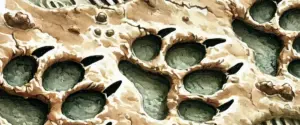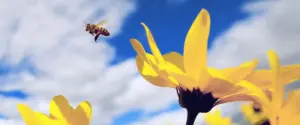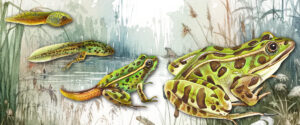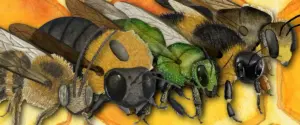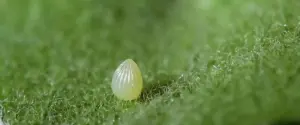
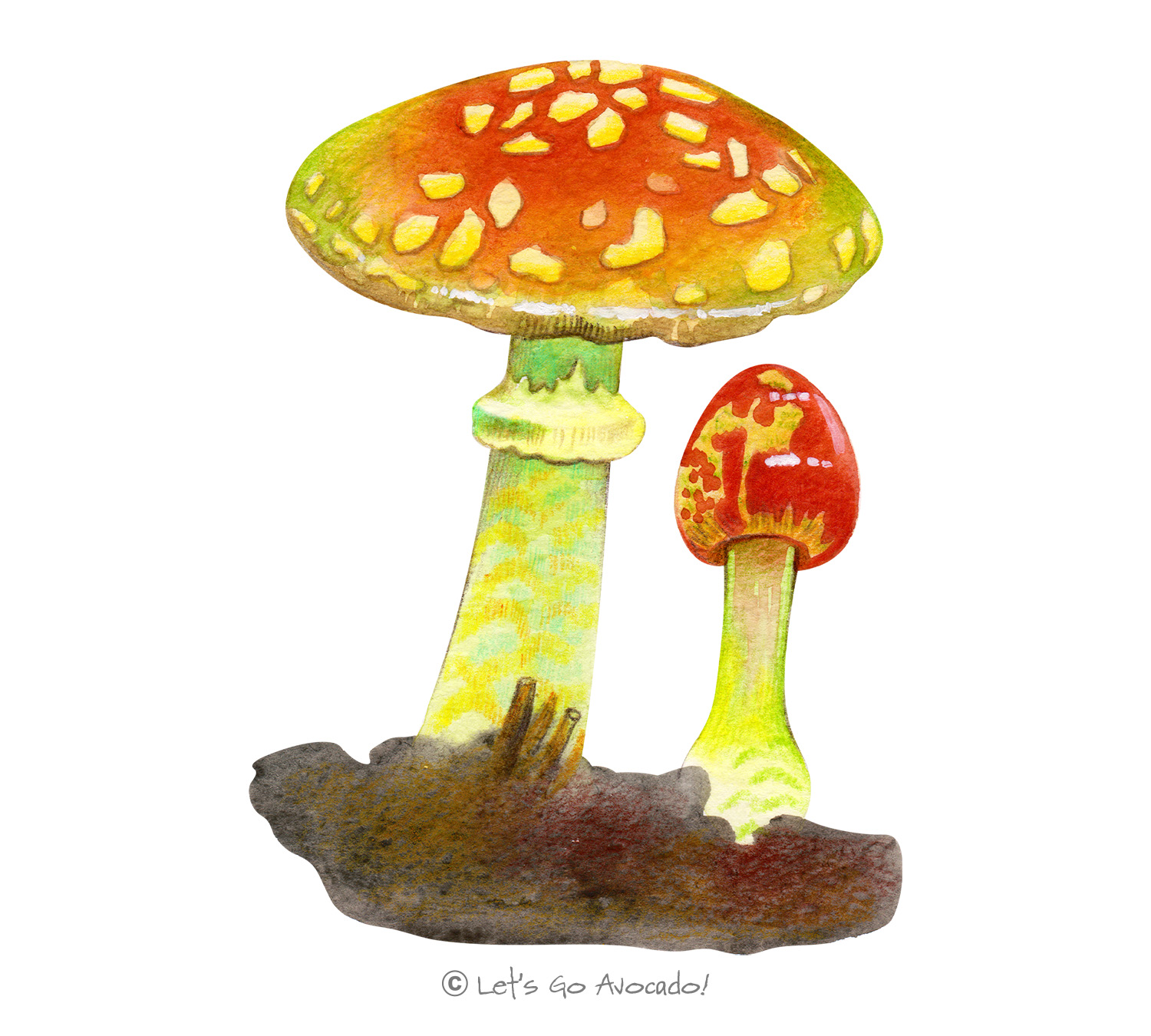
Yellow Patches
Yellow wart
Amanita flavoconia
This page may contain affiliate links.
Read our disclosure and privacy policy here.
Amanita flavoconia, commonly known as the yellow patches or yellow wart, is a species of mushroom found in the Amanita genus. It is recognized for its vibrant yellow cap, often adorned with yellowish warts or patches, making it a distinctive species in forested areas.
Yellow Patches
Common Name
Other Names
Latin Name
Distribution
Appearance
Size
Habitat
Diet
Lifecycle
Defense Mechanisms
Ecological Importance
ConservationThe act of protecting and preserving natural resources and the environment. Conservation efforts are important to protect beavers and their habitats. Learn More Status

There’s a lot to explore right where we are, in our own neighborhoods and backyards! Join us while we get off the couch and explore the everyday wonders of nature, science, space, engineering, art, and anything else we stumble upon during on our adventures.


